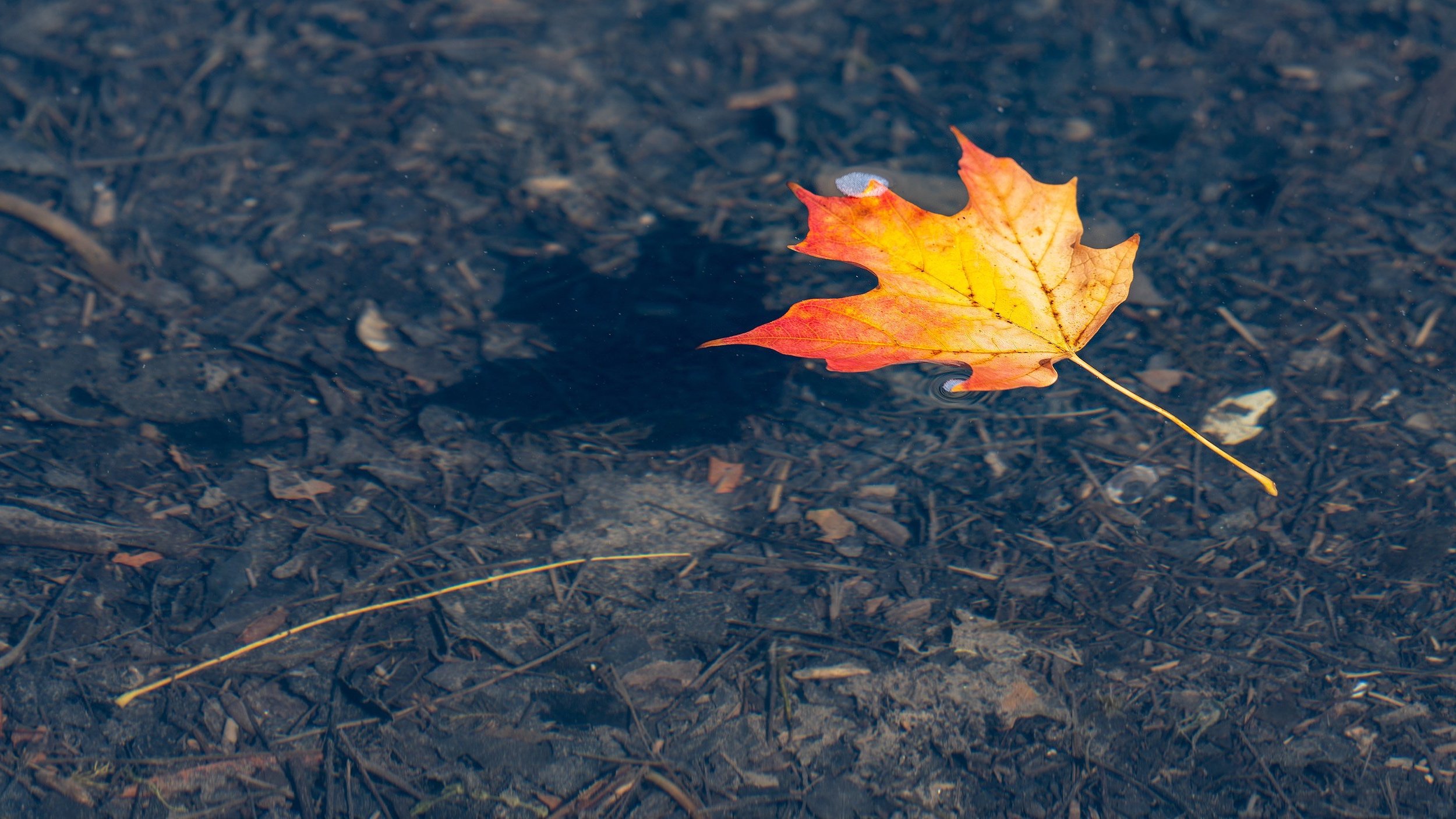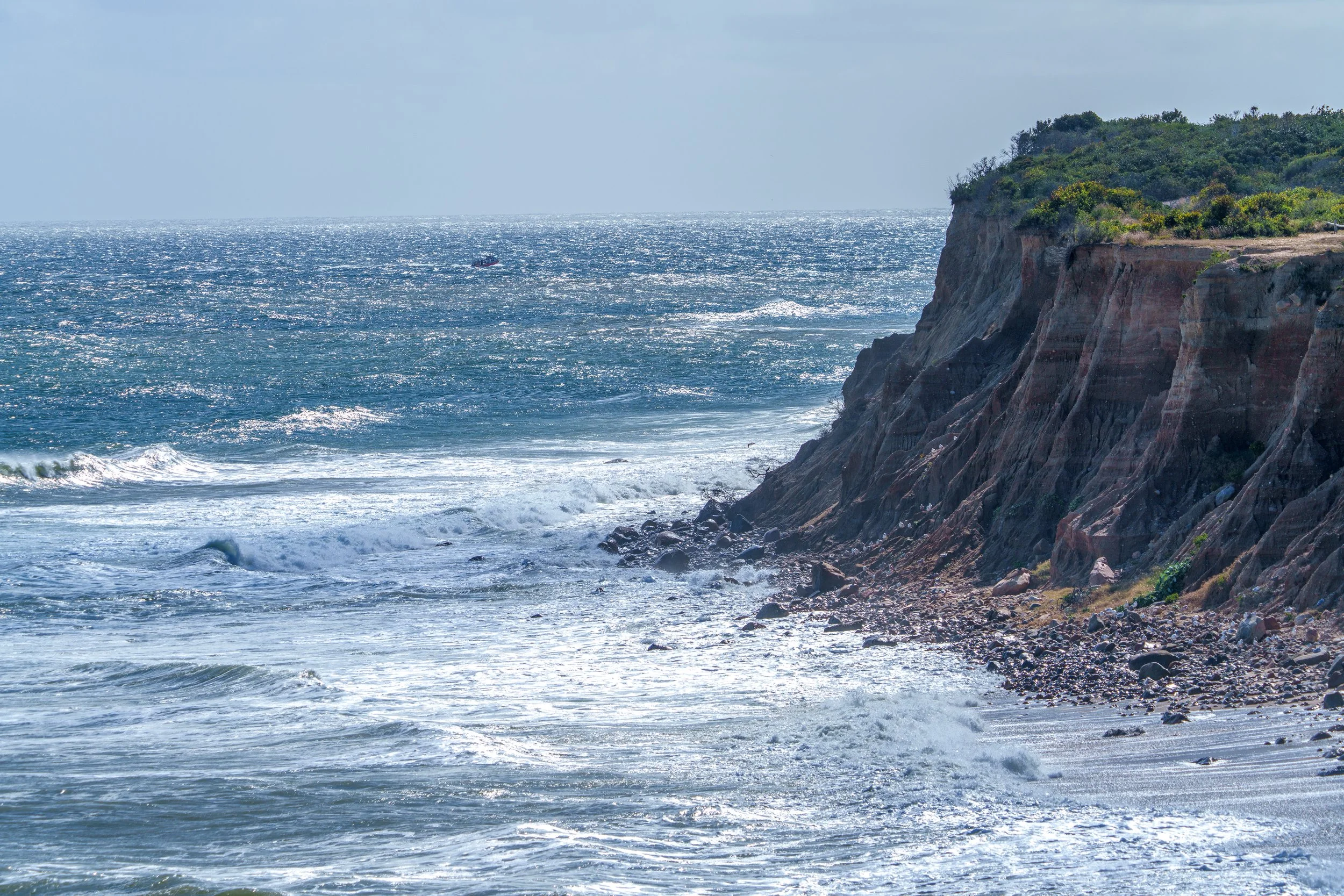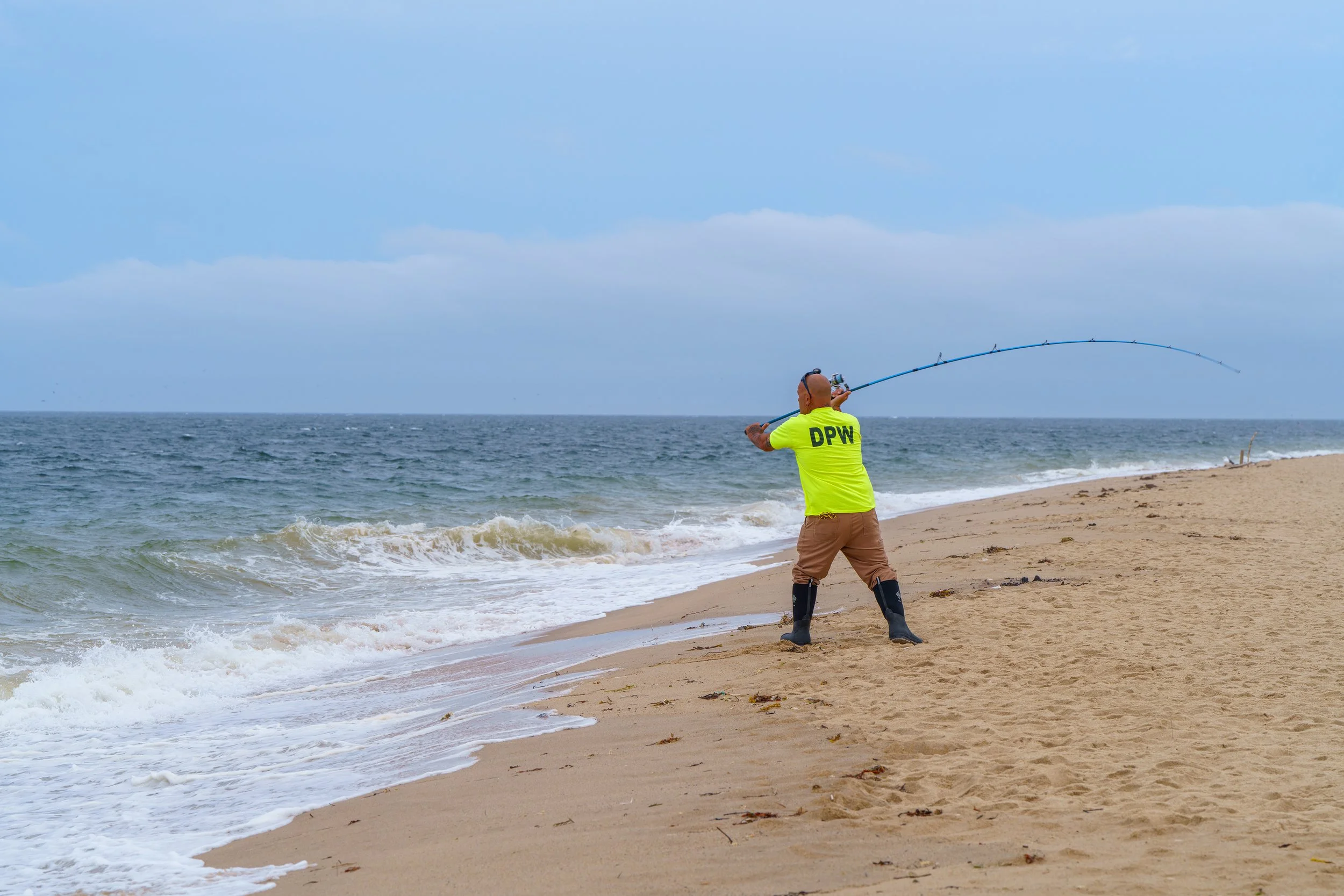
FALL
To take a picture, you need to have good equipment. Here, get a no-nonsense guide to finding photography equipment-including cameras, tripods, and camera bags-that fits your needs.
01: Making Great Pictures - Beginner Level
According to Mr. Tom, lenses are the most critical tools of photography. In this lecture, he takes you into the field and shows you different camera lenses in action. Among them: 70-200 mm (good for blurring out distracting backgrounds).
02: Camera Equipment - What You Need
Your camera's shutter speed controls how much light enters the lens in a shot. Learn how to become a master at working with this critical tool of photography. You'll discover when to use fast or slow shutter speeds, study each speed's unique effects.
03: Lenses and focal length
What makes a photograph iconic? What three things must every picture have to stand out from any old snapshot? These two questions form the core of Mr. Tom's introduction to the course.
04: Shutter Speeds
WINTER
To take a picture, you need to have good equipment. Here, get a no-nonsense guide to finding photography equipment-including cameras, tripods, and camera bags-that fits your needs. Also, take an in-depth look at a camera's controls and settings for everything from aperture to shutter speed to ISO (your film's sensitivity to light).
01: Making Great Pictures - Beginner Level
According to Mr. Tom, lenses are the most critical tools of photography. In this lecture, he takes you into the field and shows you different camera lenses in action. Among them: 70-200 mm (good for blurring out distracting backgrounds), rectilinear lenses (great for photographing things with minimal distortion), and wide-angle lenses (perfect for both landscapes and for…
02: Camera Equipment - What You Need
Your camera's shutter speed controls how much light enters the lens in a shot. Learn how to become a master at working with this critical tool of photography. You'll discover when to use fast or slow shutter speeds, study each speed's unique effects, and uncover different techniques-such as panning and ghosting-that can add great artistic touches.
03: Lenses and focal length
What makes a photograph iconic? What three things must every picture have to stand out from any old snapshot? These two questions form the core of Mr. Sartore's introduction to the course. You'll also discover that a great picture doesn't rely on equipment-but on being able to see and think critically about your surroundings.
04: Shutter Speeds
SPRING
01: Making Great Pictures - Beginner Level
To take a picture, you need to have good equipment. Here, get a no-nonsense guide to finding photography equipment-including cameras, tripods, and camera bags-that fits your needs. Also, take an in-depth look at a camera's controls and settings for everything from aperture to shutter speed to ISO (your film's sensitivity to light).
03: Lenses and focal length
According to Mr. Tom, lenses are the most critical tools of photography. In this lecture, he takes you into the field and shows you different camera lenses in action. Among them: 70-200 mm (good for blurring out distracting backgrounds), rectilinear lenses (great for photographing things with minimal distortion), and wide-angle lenses (perfect for both landscapes and for…
04: Shutter Speeds
Your camera's shutter speed controls how much light enters the lens in a shot. Learn how to become a master at working with this critical tool of photography. You'll discover when to use fast or slow shutter speeds, study each speed's unique effects, and uncover different techniques-such as panning and ghosting-that can add great artistic touches.
02: Camera Equipment - What You Need
What makes a photograph iconic? What three things must every picture have to stand out from any old snapshot? These two questions form the core of Mr. Sartore's introduction to the course. You'll also discover that a great picture doesn't rely on equipment-but on being able to see and think critically about your surroundings.
SUMMER
01: Making Great Pictures - Beginner Level
To take a picture, you need to have good equipment. Here, get a no-nonsense guide to finding photography equipment-including cameras, tripods, and camera bags-that fits your needs. Also, take an in-depth look at a camera's controls and settings for everything from aperture to shutter speed to ISO (your film's sensitivity to light).
03: Lenses and focal length
According to Mr. Tom, lenses are the most critical tools of photography. In this lecture, he takes you into the field and shows you different camera lenses in action. Among them: 70-200 mm (good for blurring out distracting backgrounds), rectilinear lenses (great for photographing things with minimal distortion), and wide-angle lenses (perfect for both landscapes and for…
04: Shutter Speeds
Your camera's shutter speed controls how much light enters the lens in a shot. Learn how to become a master at working with this critical tool of photography. You'll discover when to use fast or slow shutter speeds, study each speed's unique effects, and uncover different techniques-such as panning and ghosting-that can add great artistic touches.
02: Camera Equipment - What You Need
What makes a photograph iconic? What three things must every picture have to stand out from any old snapshot? These two questions form the core of Mr. Sartore's introduction to the course. You'll also discover that a great picture doesn't rely on equipment-but on being able to see and think critically about your surroundings.


